Should a sharpening regime be part of your maintenance programme?
Related Articles
Yes, says Tania Longmire, because it leads to a reduction in the use of water, fertilisers, fungicides, fuel use and top-dressing, increases the lives of the mowers while reducing engine wear and the need for replacement parts, and, above all, results in better turf quality
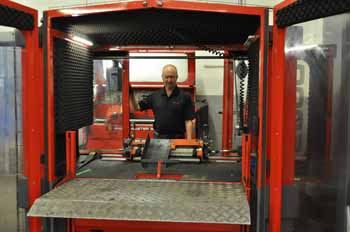
When it comes to turf maintenance, surgically-sharp mowers slice through grass blades, severing them cleanly and with minimal damage. Because the grass left in the mower’s wake is the same height and uniform in appearance, overall turf definition is improved and the playing surface is smoother, healthier and more consistent.
Steven Nixon, director at Bernhard Company, explains how the grinding process is crucial to keeping your mower blades in perfect conditions. Hence sharpening should be a quick and easy operation allowing turf managers to keep optimal conditions. To help you understand how it works, let’s look at the two components of the cutting unit: the bedknife and the cylinder.
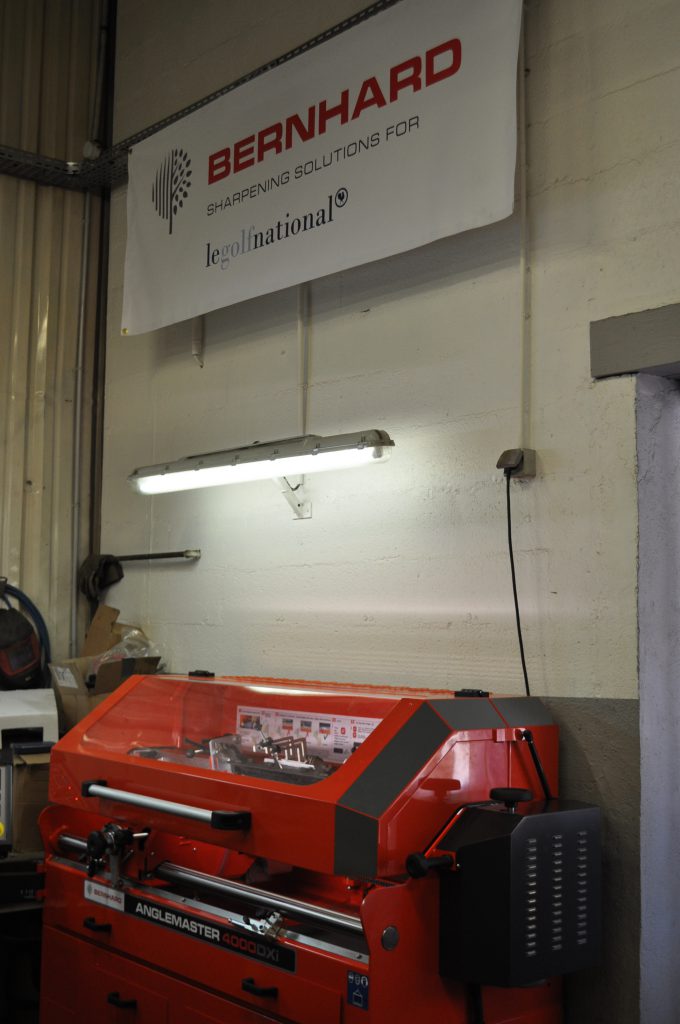
The bedknife
The bedknife is the most important part of any cutting unit. Although it looks simple, it is actually a very complex piece of steel. The bedknife gathers the grass and holds it in position until the cylinder blade comes around to cut it.
Grinding the top and front faces of a bedknife helps to maintain sharpness. As its name suggests, the ‘top face’ sits on top of the bedknife. It is a negative angle, meaning it slopes away from the unit’s point of cut. This allows grass to be directed away from grass coming into the mower. The requisite degree of angle varies depending on the height, type and condition of the turf being mowed. Once this angle wears down, the grass isn’t ejected properly so the point of cut gets clogged. This prevents incoming grass from being cut cleanly.
The other angle is known as the ‘front face’ angle. If the bedknife is the most important part of the mower, then the front face is the most important part of the bedknife, taking good care of it especially critical. The front face needs to be flat but ground evenly with a negative angle. If the face becomes worn or rounded – which it will over time because turf (and especially top-dressing) is very abrasive – then grass will not be presented evenly to the cutting blades of the cylinder. Keeping the front face in tip-top condition is crucial to optimal turf health.
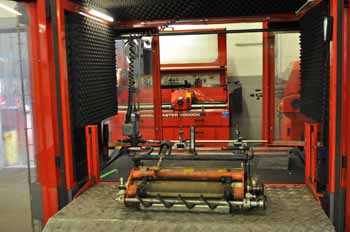
The cylinder
Often overlooked are reasons one should also spin grind the cylinder. Yes, it is to make each blade sharp, but it is also to ensure the cylinder is even. There is no point in sharpening all the blades if only every third one cuts because they are not of equal height.
Naturally, a cylinder that is maintained regularly is going to be easier and quicker to grind than one sharpened only once a year. Sharpening of the bedknife and cylinder is integral to maximising their effectiveness and, in turn, turf conditioning.
A dull cutting unit (bedknife and cylinder) will tear at grass, leaving it uneven. These ripped and ragged blades bleed and lose plant moisture and nutrients. The open tips also leave them more vulnerable to disease from spores such as fusarium and other leaf-spot afflictions. Repairing and regenerating the plants then requires a greater demand for chemicals, driving up costs and impacting budgets.
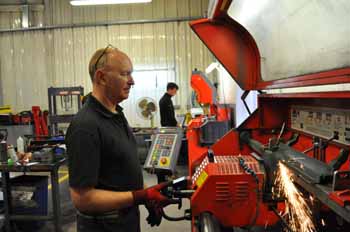
Savings and more
Agronomically speaking, a reduction in the use of water, fertiliser, fungicide and the correct use of top-dressing is a benefit. Not only is use of these expensive consumables decreased, but also costs associated with handling of the materials, generating electricity to pump water and so on. Mechanically, trials at several training colleges have demonstrated fuel consumption reductions.
Going a step further, one can translate fuel reduction into increased mower life, reduced engine wear, fewer replacement parts – and it soon becomes clear that the benefits are very attractive to your facility’s bottom line. Another adavantage? Less fuel use means a smaller carbon footprint.
Most importantly, top-line benefits are realised with improved turf appearance and better playability. The resulting elevation in customer satisfaction will further enhance revenues, making management and end users alike extremely happy.
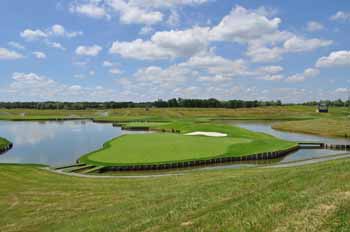
Everybody knows a sharp blade makes a cleaner cut but not everyone realises the financial benefits derived from reduced expenditures on fertiliser, fungicide, chemicals and fuel (for mowing equipment), as well as increased revenues due in part to greater end user satisfaction with the turf.
And is better playability not what matters to members?

























